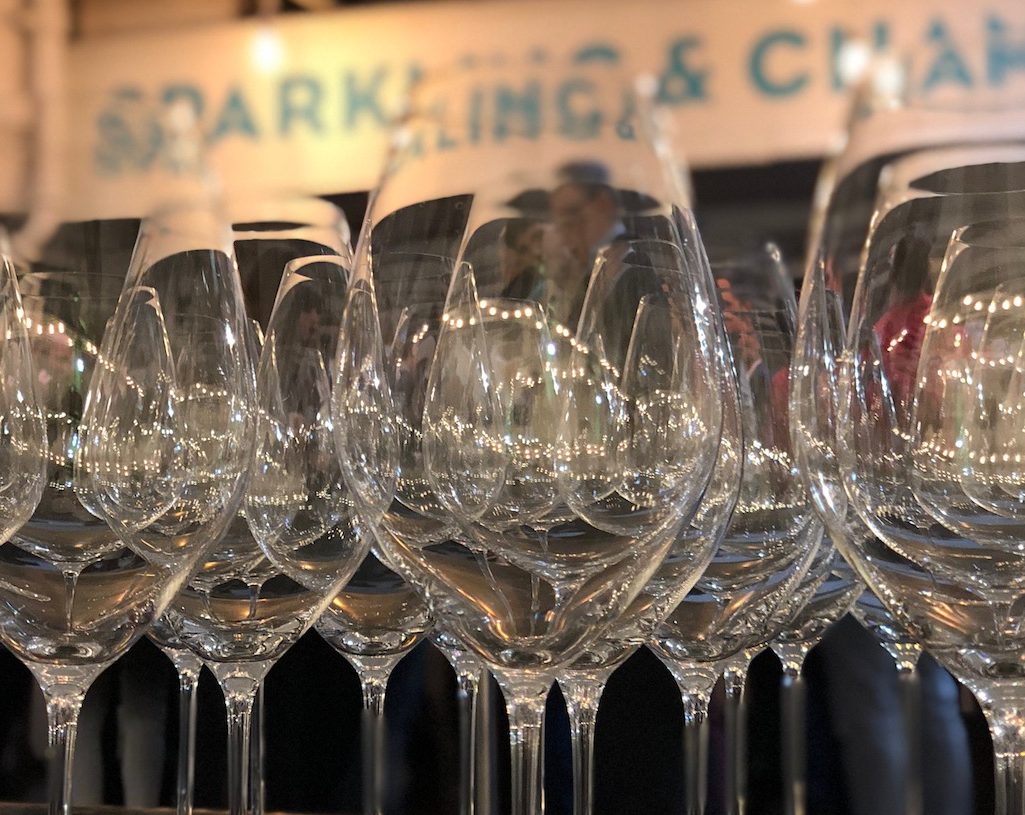Innovations at the Bibendum trade tasting included the Shim Bar, that demonstrated how to mix lower alcohol cocktails.
I spent most of my teenage years in a record shop. I can still smell the vinyl, I still have some of the singles I’d queue for on a Saturday morning and, somewhere, I still possess the poster of Bananarama that I nicked for research purposes. It’s hard to find a record store now, so there’s a real rush of nostalgia passing through one for a wine tasting.
Phonica Records in Soho was the venue for Bibendum’s annual trade tasting, and it sounded the tone for the event: fun, funky, at times idiosyncratic, with a splash of retro.
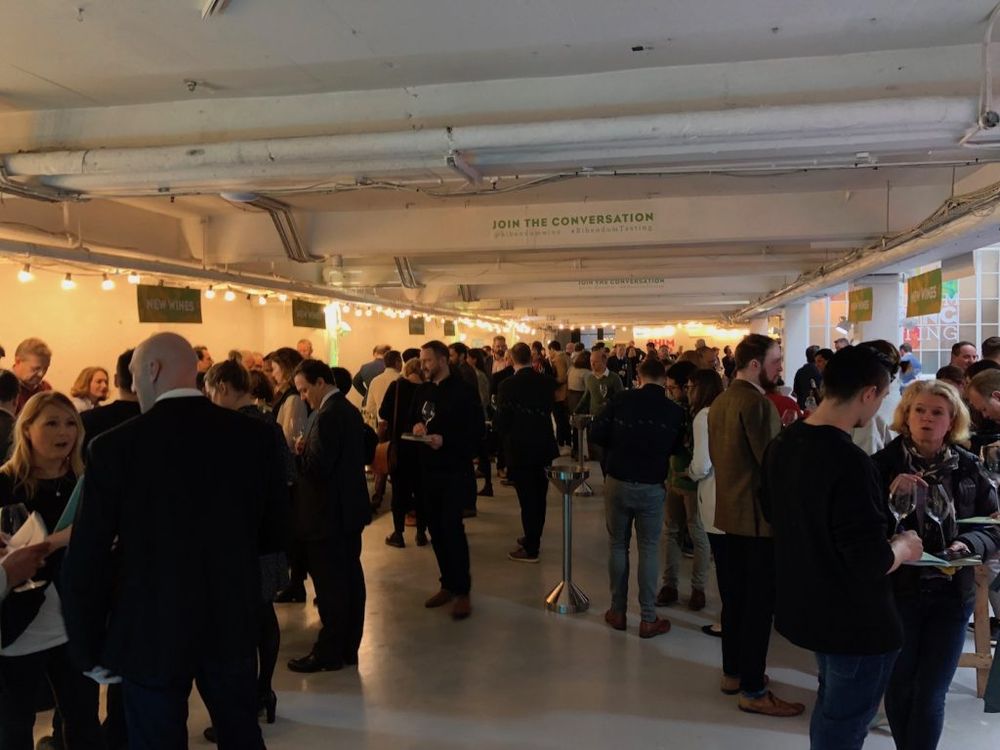
Wine development director, Willie Lebus, was holding court, dashing between drinkers to extol the virtues of his favourite samples. If you could bottle his enthusiasm, you’d have a new Grand Cru. “We should all be chasing new experiences”, he told me, “the white wine category has reached a tedious dead end, and we’re trying to do something about it. We want to inject some life into restaurant wine lists.”
‘Life’, for Bibendum, means a mix of relatively unusual varieties, premium ‘grower’ champagnes, innovative English winemaking and the holy grail: well-constructed ‘natural wines’.
So how does Willie Lebus define a natural wine? “I say it’s any wine that is consistently excellent with the absolute minimum use of any outside agents in its production.”
New Zealand has been in the vanguard on sustainability and Huia’s organic Marlborough wines were presented by winemaker Claire Allan. There’s a Sauvignon Blanc, of course, but it wasn’t on show. Instead, there was a delicious full-bodied Gewürztraminer (RRP £14), with ripe pear, mango and spice, that would be perfect for Asian food and an intense, red berry and cherry, silky Pinot Noir (RRP £18.50) that’s a totem for Marlborough’s prowess with that grape. Huia’s wines are also biodynamically made and the winery is in the final stages of certification.
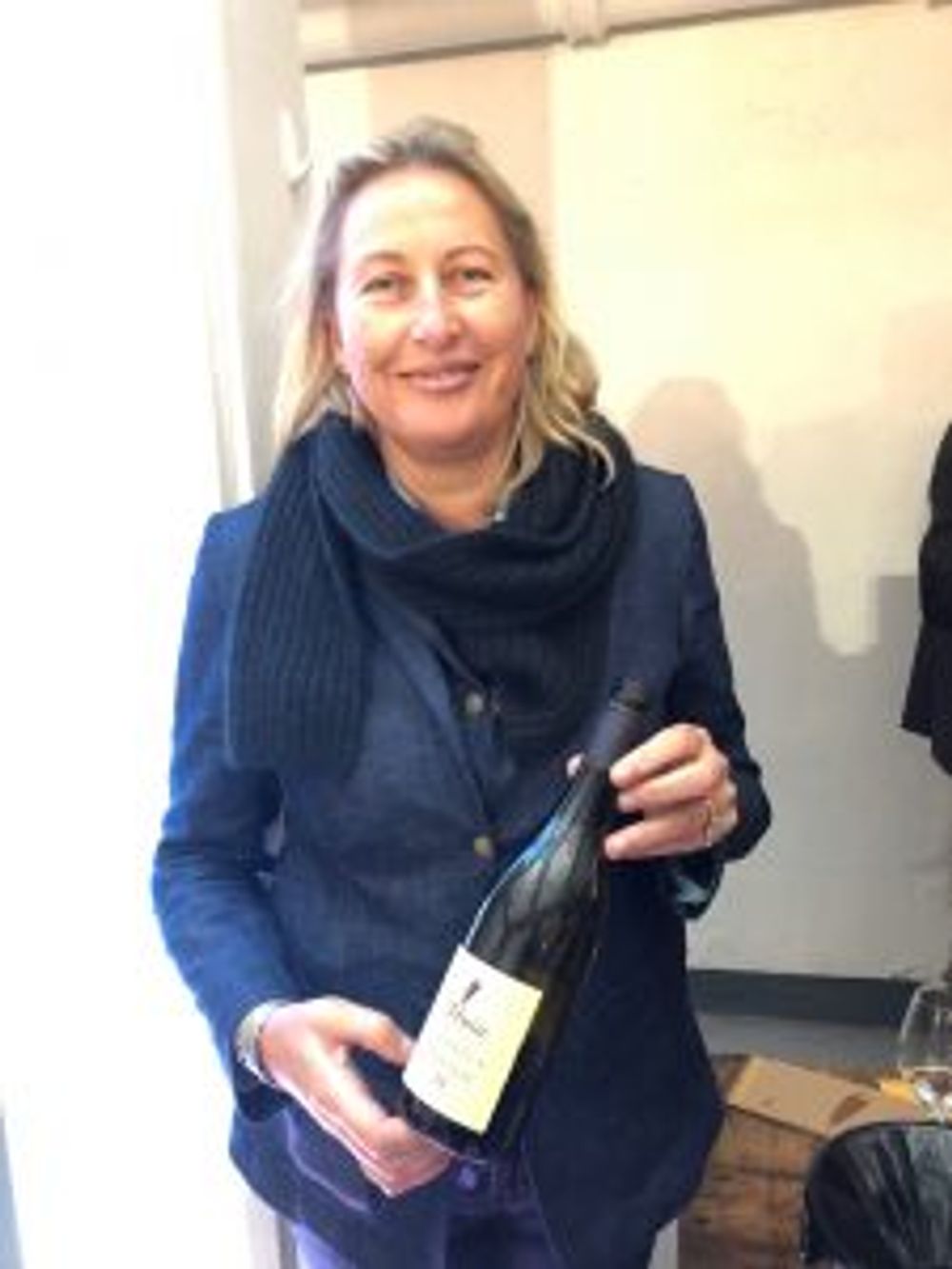
In a similar vein, Catherine and Pascal Jamet’s organically produced wines from the Northern Rhône were showing the bright, fresh flavours that can come from modern winemaking in the region, with their St Joseph (RRP £17) a brilliant bouquet of violets and rose petals, with juicy blackberries, subtle rosemary and a healthy bit of grip.
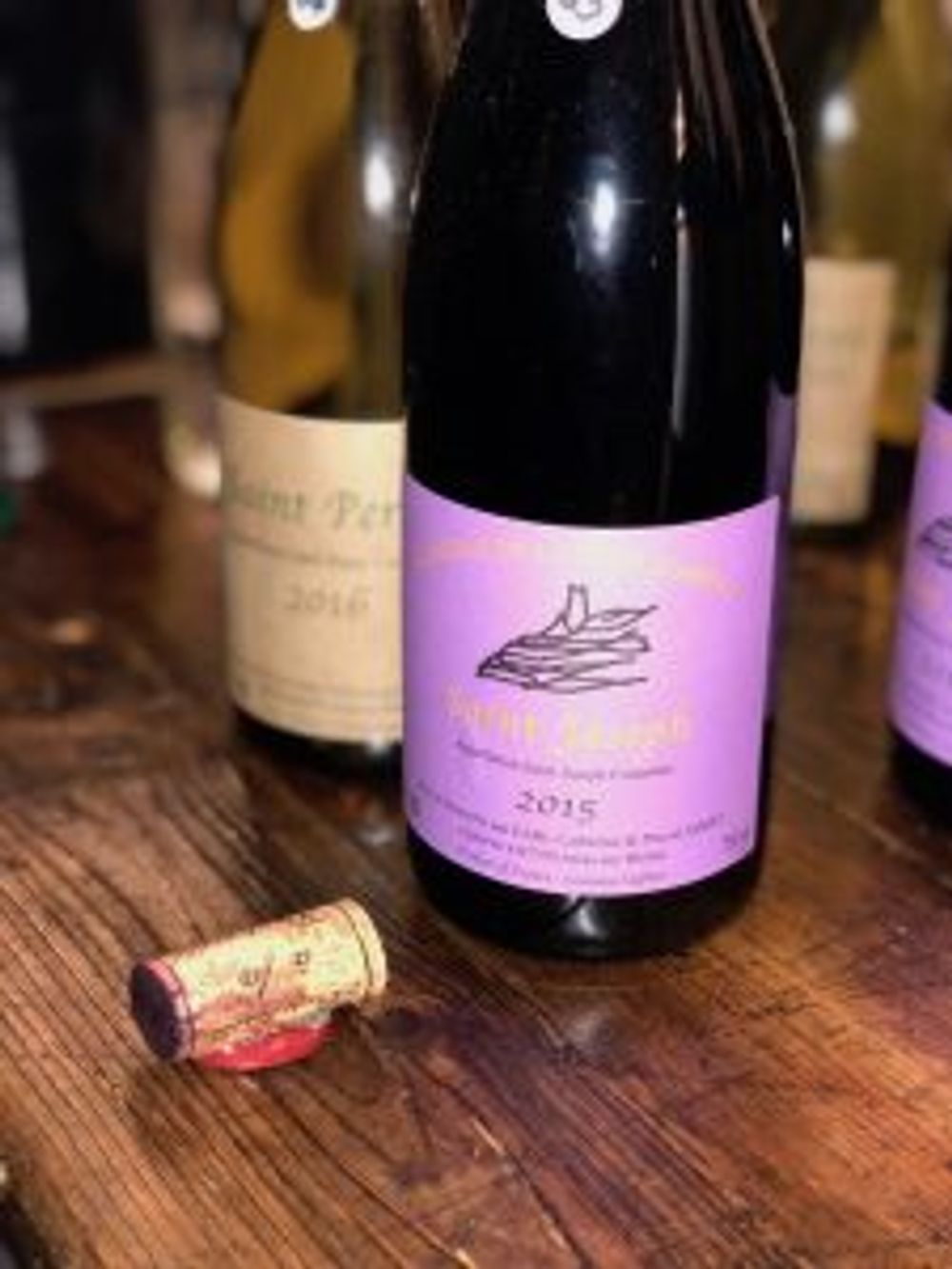
The husband and wife team at Jamet were also showing an intriguing Saint Peray (£18.50), 100% Roussanne, with exotic mango and crystallised ginger and a rich, round texture. Sadly there isn’t much of this to go around, with the one hectare plot delivering a mere dozen cases or so for the UK.
If that sounds niche, then so does English orange wine. Consultant winemaker John Worontschak is making his name creating ‘English food wines’ and he was on hand to show off his latest creations.
The latest involves bending the Bacchus to produce an orange wine, fermented on its skins, aimed squarely at the London sommelier. “This is the first one we’ve made”, he told me, “it had a tricky start in sales terms, but now it’s really flying”. I take some convincing that the future’s orange, but Litmus Orange Bacchus 2015 (RRP £14) is definitely worth a try. With a nose that’s nutty, with herbs and apricot skin, it has a striking savoury palate of endive and fennel fronds. It’s not exactly a crowd pleaser, but it’s incredibly distinctive and I’d love to taste it with paté, or Roquefort. Litmus also produces a White Pinot (RRP £18) that boasts a rich complexity that’s rare to find in an English still wine.
The English scene belongs to sparkling, of course, and Bibendum has added a relative newcomer, Greyfriars, to a line up that includes established names like Ridgeview and Chapel Down. From the foothills of Guildford, the Greyfriars range offers a 2013 Classic Cuvee – a mix of all three Champagne grapes, with Chardonnay dominant – a 2013 Blanc de Blancs, and a 2014 Rosé. Of the three, the latter was my favourite, offering a really appealing summer breeze of strawberries and rose petals that feels a million miles away from Surrey in mid-March.
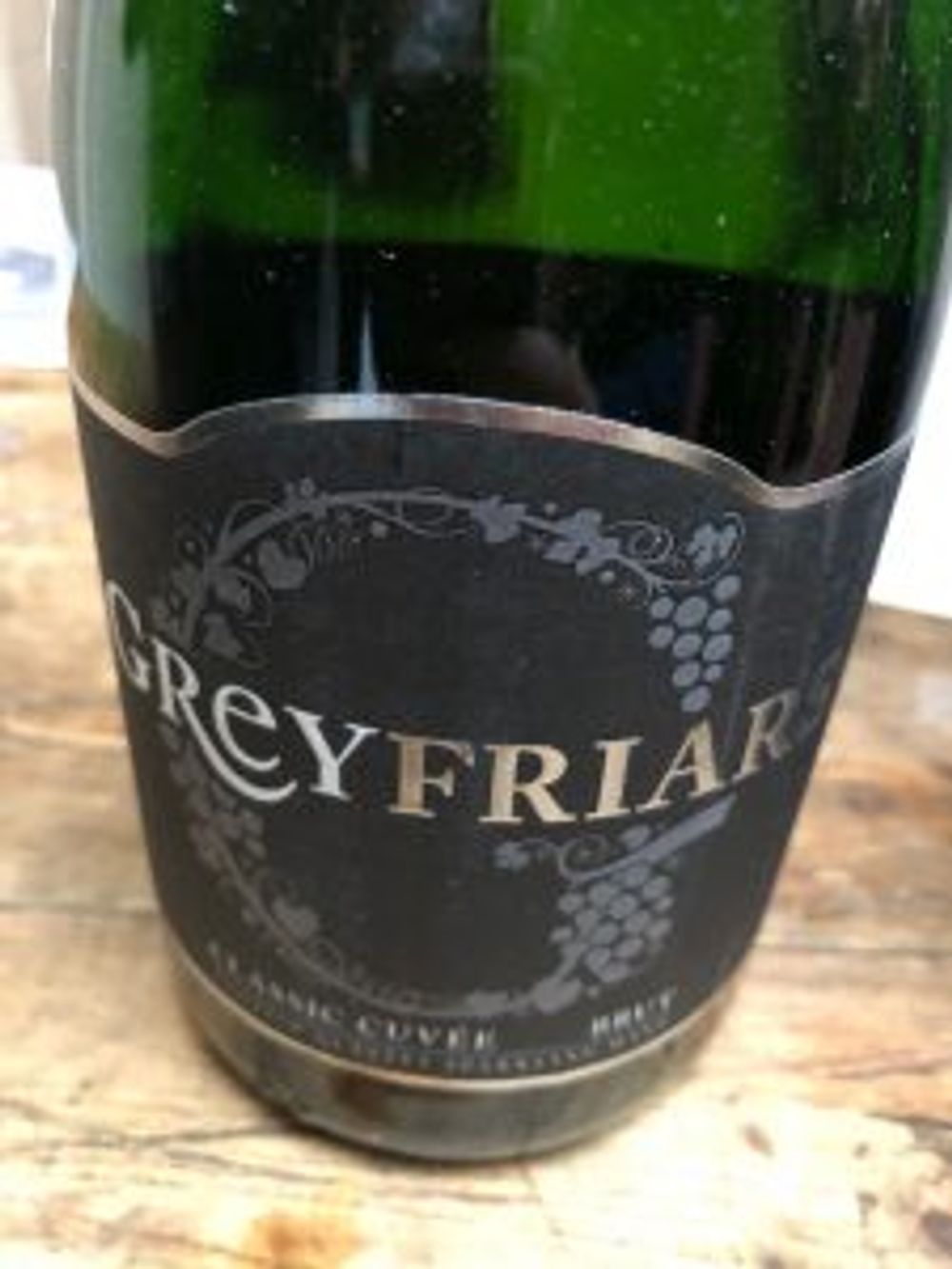
Across the Channel, Bibendum is focusing its efforts on premium Grower Champagne. Among those on show was an excellent Brut Nature NV (RRP £32), from Lacourte Godbillon. An equal mix of Pinot Noir and Chardonnay, the Pinot takes the lead in this zero dosage delight, with its racy acidity, grapefruit and citrus biscuit character. Willie Lebus believes these smaller brands will become increasingly important: “the Grand Marques have done a great job growing the market, but there’s a real clamour now for single domaine Champagne.”
At the more affordable end, the Graham Beck range of ‘Cap Classique’ sparkling wines were showing well too, reminding us of the value for money that South Africa provides. The classic Brut offers a yeasty nose, concentrated citrus flavours and a fine mousse that’s a steal at £13.
Still offering good value, Australia is being re-born with a much greater focus on regional varieties, providing a new focus for Bibendum. Among the producers being shown were Rieslingfreak and Spinifex. Quite possibly two of the worst names ever created for wines, they both tasted better than they sound. Rieslingfreak No 4, (RRP £13.50), represents the best of the Eden Valley, with a real sense of freshness and purity, lime sherbet, some tension and a long finish. Spinifex Papillon 2017, (RRP £15), offered a fabulously fresh blend of Grenache and Cinsault, with lifted summer berries, herbs and spices that present a real rival to the Rhône.
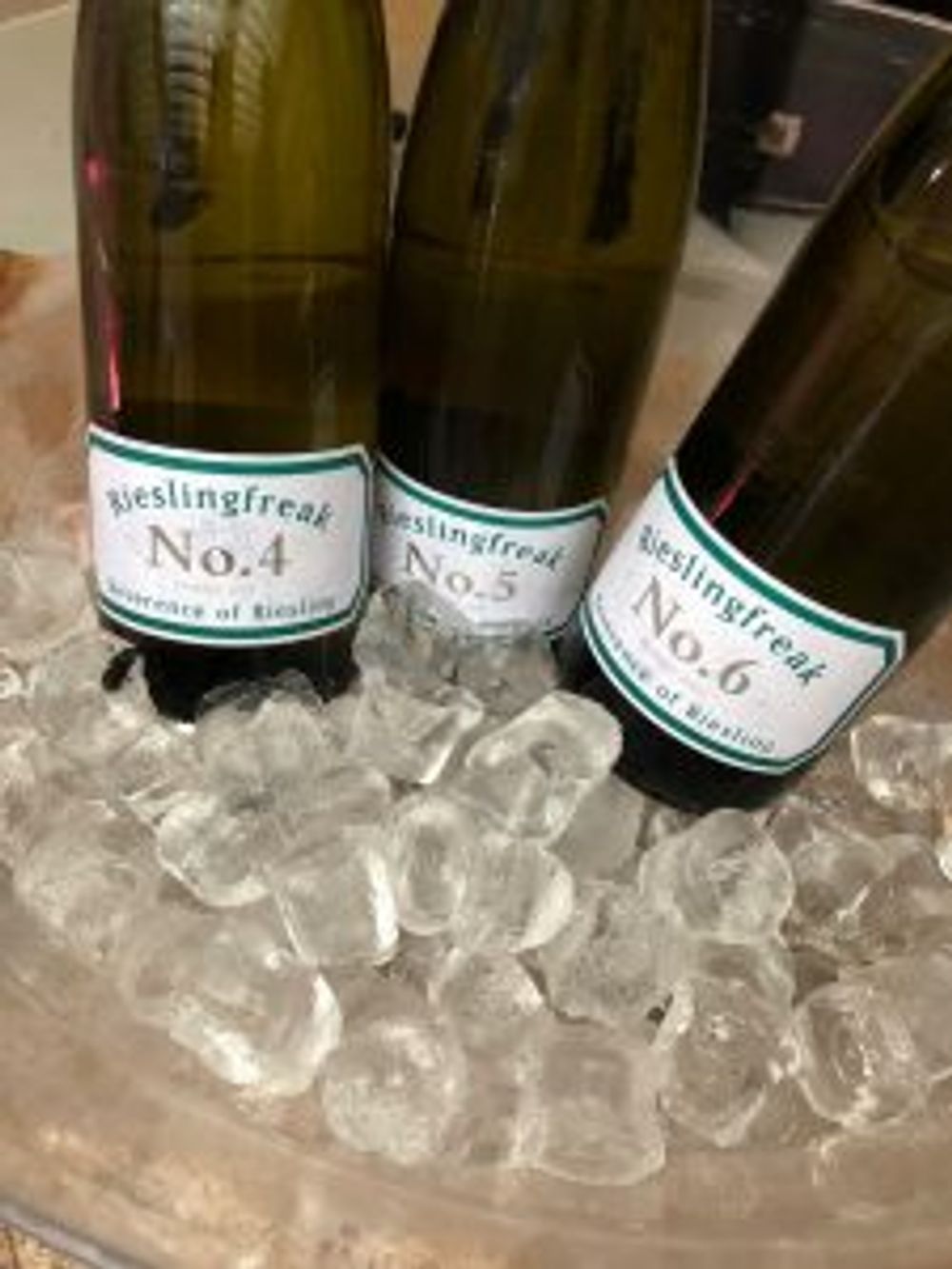
We don’t see enough from the Savoie at UK tastings, and Jean Perrier et fils Chignin-Bergeron’s Fleur de Roussanne 2016, (RRP £18), would liven up any wine list. With a beguiling apricot and tinned pineapple nose, rich, textured palate and long finish, this was one of my favourite wines at the tasting.
In the far corner of the tasting room, Sake was causing a bit of stir. Striking in its blue bottle, Tenzan Nama Nigori, (RRP £23), is an unpasteurised, unfiltered fizz from a secondary fermentation in bottle. It’s an extraordinary feast of coconut, red apple and pineapple sherbet and manages to be refreshing and surprisingly moreish.

That desire to enjoy another sip of something special was the inspiration for another Bibendum innovation: the Shim Bar. Focused on ‘lower alcohol serves’, bartender-for-the-day Christina was mixing up cocktails, with a lower-alcohol base, for example Port or Sherry instead of a spirit. I love a Negroni, but I learnt long ago never to have more than one, so I challenged her to create me an alternative. The result was a ‘Precursory cocktail’, combining Quinta do Vallado Tawny Reserva Port and Carpano Classico Vermouth, mixed with a blend of Angostura and orange bitters. The result was absolutely delicious.
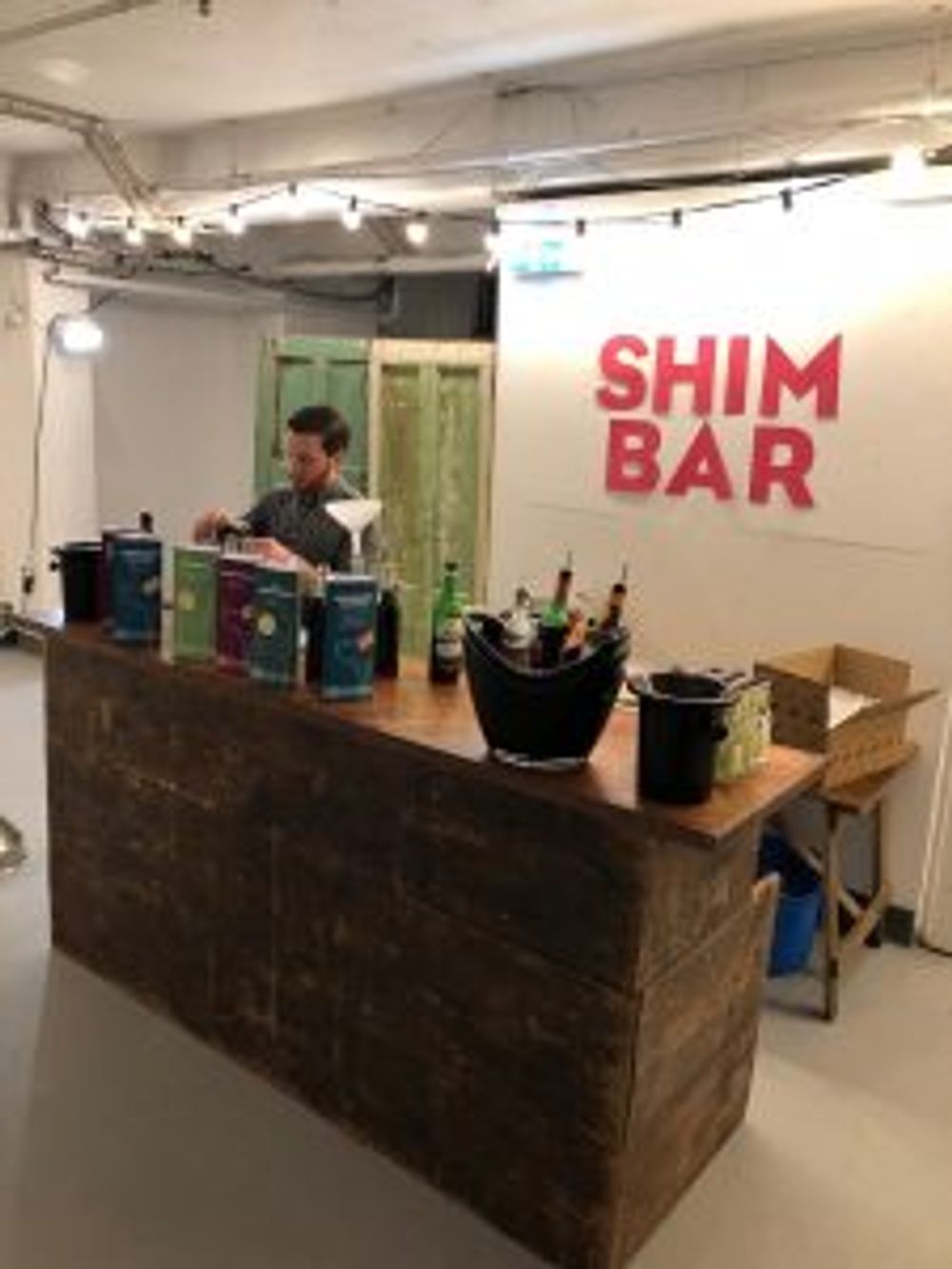
Upstairs, on the shelves at Phonica Records, the most successful artists are the ones who’ve achieved longevity by subtly re-inventing themselves, from album to album. Bibendum, with its latest release, achieved something similar.
David Kermode is a writer, broadcaster and consultant, with his own website www.vinosaurus.co.uk
